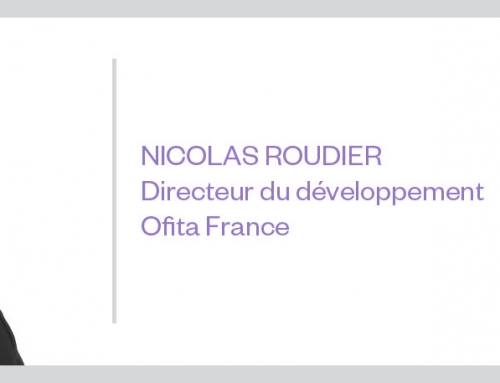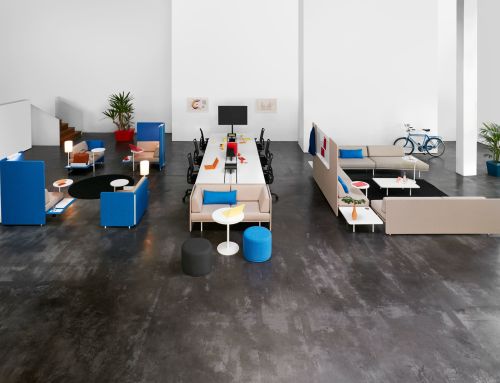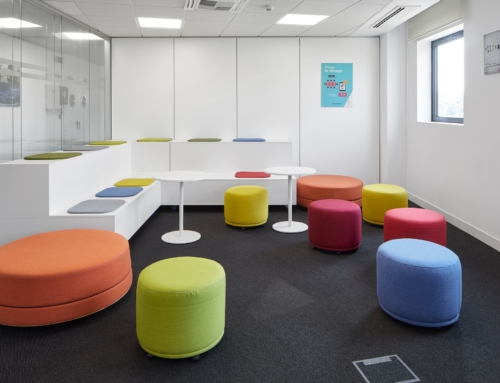How employees are transforming workspaces

Workspaces are no longer as before. If some years ago it was usual to see perfectly separated cubicles, today this paradigm seems to have fallen behind giving place to collaborative spaces with leisure areas where employees have an important voice in the decision making process.
This is explained as a way to retain employees and therefore, avoid the dwindling talent drain. Also, it has been evidenced that places where officials feel more comfortable make them more productive and comfortable. For this reason companies are undergoing several changes in the sociology of workspaces both in staff management and in the design of offices itself.
Some of the forms in which employees are changing the design of workspaces are seen through adaptable and customized spaces, where directors worry about their teams’ feelings to mention some examples.
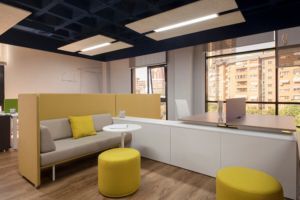
- Casual spaces
Given the ever changing nature of how, when and where people work, organizations need increasingly casual spaces where people may meet, make private calls or just enjoy their leisure time. Such spaces have to be adaptable if necessary to other most casual activities.
For Jordi Marugan, Senior Leasing Manager of McArthurGlen Group, it is important to have workspaces capable of adapting easily and quickly to different duties. “For those who work in very dynamic sectors, in international environments, the existence of versatile and multi-functional offices that help us hold meetings or conference calls and enjoy our leisure time with the rest of our colleagues is essential” explains in an article published in El Economista.
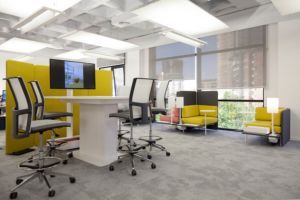
- Accessible directors
An authoritarian type of leadership where directors only gave orders to their employees without knowing them is a paradigm nearly obsolete. Today, new leaders are ever more accessible and close, more tutors than directors, and this is translated into the space. In this sense, directors separated from officials are no longer a standard they are rather among them, just like another official. This way they can control better the duties of their teams and respond to their doubts when they have them.
However, this closeness is not only physical. Experts recommend that directors are virtually available when they cannot be present in the office; the multitude of technological apps help to accomplish this objective. In a note published in Cronista.com, it is specified that this trend achieves greater relevance between millennial directors who, when encouraging employment flexibility, tend to communicate with their employees mainly by WhatsApp being connected 24/7.
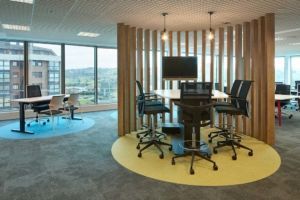
- Technology all the time
In Internet they already talk about a 4.0 Web and the post-digital era. Organizations cannot be alien to this change and have to incorporate the greatest amount of technological tools to their operating system and provide them to their employees. These elements should be available to perform duties such as virtual meetings or attend training sessions to mention some examples.
According to a study developed by VMware on the technologies of the digital workspace, it is pointed out that in Spain empowered employees, those who have greater access to their desired and necessary apps, are three times more likely to increase their productivity and reduce in a 16% the time devoted to manual processes.
- Customized design
The new employment demands have boosted ever growing consultative workspaces. This means that employees have no longer to remodel the office with an unilateral decision and based on the own beliefs but established on the grounds of expectations and needs of their collaborators qualifying them with respect to their new duties if necessary.
For a space to be successful, people need to interact with it, make it their own. The place where we work is not only the place where duties are developed, it also has an important symbolic significance which impacts on the identity of employees and will define their sense of belonging and the commitment they will assume with the company”, they say in an article published in Plataforma Arquitectura.
In this same article it is suggested that when granting employees greater voice in the decision making process of the design of workspaces, the control perception they have of their environment increases giving place to greater satisfaction and productivity.
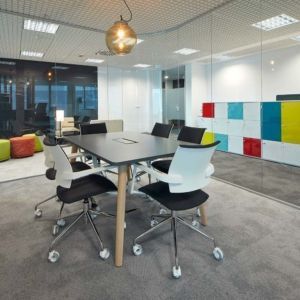
- Emotions count
Awaking emotions of people to increase their level of motivation and commitment in the company is becoming a new trend. To promote the sense of belonging, encourage solid connections and create spaces designed to relate with others all the time are some examples of the techniques that can be implemented to this end.


